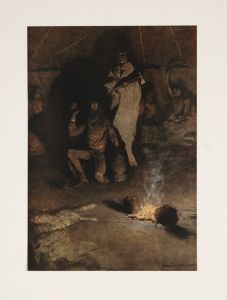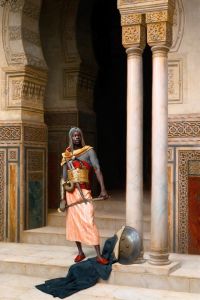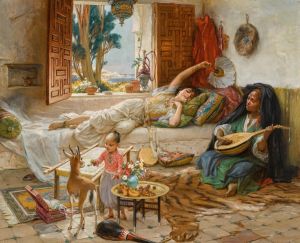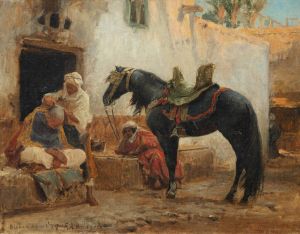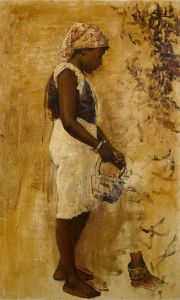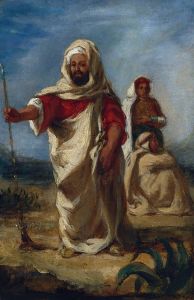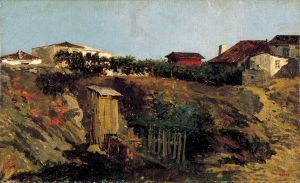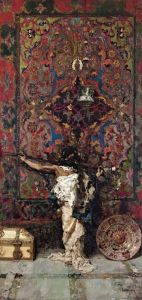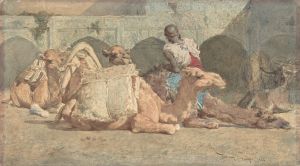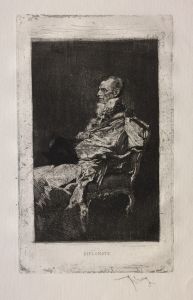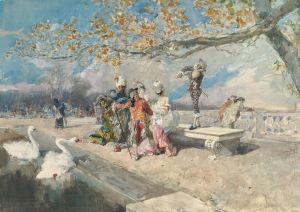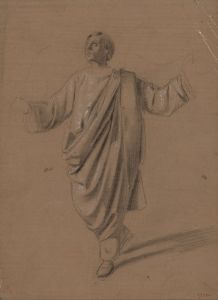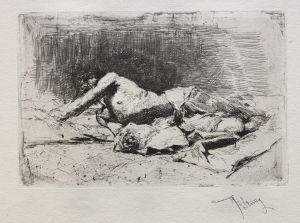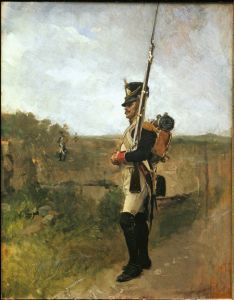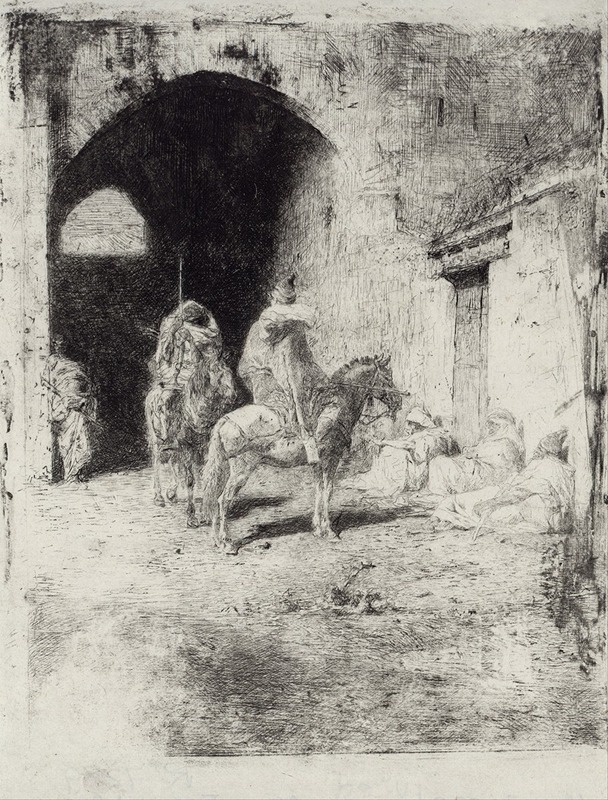
Casbah Guard in Tetouan
A hand-painted replica of Mariano Fortuny Marsal’s masterpiece Casbah Guard in Tetouan, meticulously crafted by professional artists to capture the true essence of the original. Each piece is created with museum-quality canvas and rare mineral pigments, carefully painted by experienced artists with delicate brushstrokes and rich, layered colors to perfectly recreate the texture of the original artwork. Unlike machine-printed reproductions, this hand-painted version brings the painting to life, infused with the artist’s emotions and skill in every stroke. Whether for personal collection or home decoration, it instantly elevates the artistic atmosphere of any space.
"Casbah Guard in Tetouan" is a painting by the Spanish artist Mariano Fortuny Marsal (1838–1874), a prominent figure in 19th-century European art. Fortuny is known for his detailed and vibrant works, often inspired by his travels and his interest in Orientalism, a style that romanticized and depicted the cultures of North Africa, the Middle East, and Asia through a European lens.
This particular painting was created during or after Fortuny's visit to Morocco in 1860. Fortuny traveled to the region as part of his role as a war artist, documenting the Spanish-Moroccan War (1859–1860). While in Morocco, he became captivated by the local culture, architecture, and people, which profoundly influenced his artistic output. "Casbah Guard in Tetouan" reflects this fascination, showcasing Fortuny's meticulous attention to detail and his ability to capture the textures, colors, and atmosphere of the region.
The painting depicts a guard stationed at the casbah, a type of fortress or citadel commonly found in North African cities. Tetouan, located in northern Morocco, was a significant cultural and historical center, known for its Andalusian heritage and its role as a crossroads between Europe and Africa. In the artwork, the guard is portrayed in traditional attire, standing in a setting that emphasizes the architectural and cultural elements of the region. Fortuny's use of light and shadow, as well as his intricate rendering of fabrics and surfaces, highlights his technical skill and his interest in realism.
"Casbah Guard in Tetouan" is an example of Fortuny's broader engagement with Orientalist themes, which were popular among European artists and audiences during the 19th century. His works from this period often combine ethnographic observation with artistic imagination, resulting in images that are both documentary and idealized.
The painting is part of Fortuny's legacy as one of the most influential Spanish painters of his time. His works are celebrated for their technical mastery and their ability to convey the richness of the cultures he encountered. Today, "Casbah Guard in Tetouan" is recognized as an important piece within the Orientalist genre and a testament to Fortuny's artistic achievements. The painting is held in a private collection or museum, though specific details about its current location are not widely documented.





